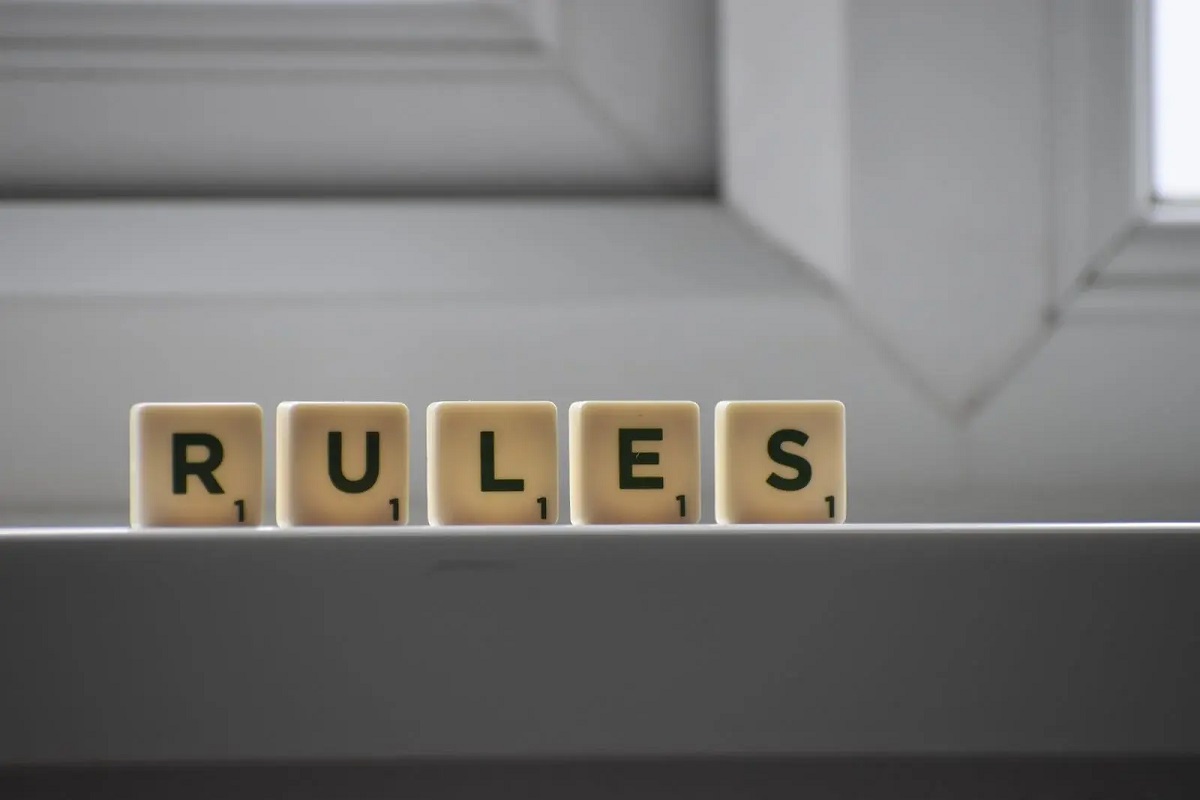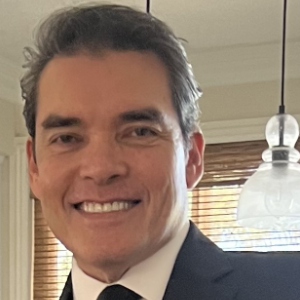
Rules waiting to be broken in today’s off-the-wall real estate market
___
Published Date 4/28/2023
When mortgage rates were at record lows, not many borrowers asked a lot of questions about a menu of loan programs or buying strategies that might work for them. Now? Over the past nine months or so, the benchmark for a 30-year fixed loan has hovered at a record 20-year high, and tunes have changed.
Realtor.com’s Meera Pal says it’s understandable that homebuyers are suffering from a severe case of whiplash. Is it still even conceivable to afford a house? Many aren’t sure. Pal quotes New York City-based mortgage banker Ralph DiBugnara, who says, “It’s different from any market that I’ve been through before. People just don’t know what to do, so a lot of people just aren’t doing anything. They’re not selling, they’re not buying. They’re just kind of waiting to see what’s happening.”
So what’s different about now? Is it safe to say many of those traditional mortgage protocols we’ve all heard and faithfully adhered to in the past might no longer apply? Pal takes a look at some truisms that represent rules begging to be broken.
The first is that if you can’t qualify for a 30-year fixed rate, you should throw in the towel. Adjustable rate mortgages (ARM) offer a temporary leg up to many borrowers who look at the big picture. While they do adjust based on market conditions, ARMs start out with lower interest rates than fixed-rate loans. A risk? Yes. But in many cases, a calculated one. Chicago-area real estate developer Bill Samuel explains, “Especially in today’s high-interest rate environment, an adjustable mortgage can offer you a great opportunity to obtain a lower rate. The key is that you need to determine how much your payment will be if rates continue to increase and hit the capped level. If you are able to comfortably afford the potential maximum payment, then you’ll be better off with an adjustable-interest rate mortgage, generally speaking.”
These experts add, however, that you have to have more than one exit strategy if you go the ARM route. Pal says one is to refinance to a fixed-term mortgage when rates get lower, another is to sell the property, and a third is to convert it into an investment where you make income and can handle the higher interest rate in the future.
Absolutely having to come with a 20% down payment is another myth — something that was actually never true, especially now. While having a 20% typically tells the seller you’re competitive it’s definitely not required. Low down payment options include FHA VA, and USDA loans that offer zero to 3.5% down on your part. There are also a wide variety of federal, local, and private sources that offer assistance, including grant programs — all structured to help potential (especially first-time) homebuyers with a down payment.
Many buyers think they can no longer request what the industry refers to as “terms.” Wrong again, according to Pal. “In a seller’s market, it would be considered foolish to even ask for contingencies or for the seller to pay closing costs,” she says. But are we truly in a seller’s market right now? “With mortgage rates so high and buyers dropping out left and right, homes are lingering on the market much longer. So while we might not yet be in a buyer’s market, sellers are certainly adjusting their strategy to meet buyers in this changing financial landscape.”
A South Carolina-based loan officer put it this way: “Instead of reducing the purchase price, I would recommend asking for the same amount in seller-paid closing costs. The upside is saving thousands of dollars that you would have had to come out of pocket.”
Another piece of outdated advice is to tell homebuyers not to buy mortgage points to lower their interest rate because it will increase the upfront cost of buying the house. “Not only does buying points tie up liquid cash for buyers, but it also means they need to be able to keep the loan long enough to make the total savings on a lower interest rate worth the upfront cost of buying points,” says Pal.
DiBugnara, along with other experts, says that in this market, buying points to get a lower interest rate is 100% worth it. “Only because if you pay a bona fide discount point, which is a point to buy down an interest rate, it’s literally the only portion of your closing costs that’s tax-deductible,” he explains. “So if you pay $3,000 in bona fide discount points, you actually can write off that whole amount.”
Realtor, TBWS
All information furnished has been forwarded to you and is provided by thetbwsgroup only for informational purposes. Forecasting shall be considered as events which may be expected but not guaranteed. Neither the forwarding party and/or company nor thetbwsgroup assume any responsibility to any person who relies on information or forecasting contained in this report and disclaims all liability in respect to decisions or actions, or lack thereof based on any or all of the contents of this report.


Jonathan Caguioa
Mortgage Advisor
NMLS: 250609 / DRE 01137630
Allianze Mortgage Services
15820 Whittier Blvd. Suite G, Whittier CA 90603
Company NMLS: 346138 / DRE 01403147
Office: 949-241-2527
Cell: 949-241-2527

Jonathan Caguioa
___
Mortgage Advisor
NMLS: 250609 / DRE 01137630
Cell: 949-241-2527
Last articles
___

The September Consumer Price Index came in hotter than expected
10/10/2024
The headline September Consumer Price Index (CPI) was up 0.2% versus 0.1% on a M... view more

Navigating the Minefield of Inherited Property
10/4/2024
In many ways it may have been a blessing that you were not an only child. In oth... view more

Three things that could impact rates this week
9/30/2024
These are the three areas that have the greatest ability to impact rates this we... view more
 Allianze Mortgage Services
Allianze Mortgage Services
